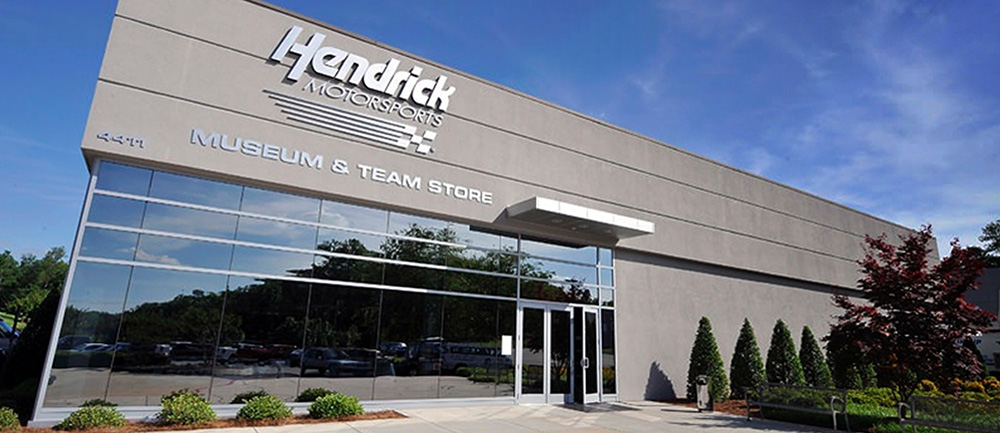
Different spoiler sizes, fuel injection tested Tuesday at Daytona
DAYTONA BEACH, Fla. — Dale Earnhardt Jr. believes looking back might be the answer to getting ahead when it comes to preparing for the 2012 Daytona 500. The driver of the No. 88 Diet Mountain Dew/National Guard Chevrolet participated in a NASCAR Sprint Cup test on Tuesday at Daytona International Speedway. During the test, drivers were attempting to find the best baseline aerodynamic package, while experimenting with electronic fuel injection for the 2.5-mile superspeedway
“The answer is in the past. The answer is in the history of the sport,” Earnhardt said. “I’ve heard people comment that tandem drafting was always there, it just took this long for people to figure this out. That’s not true. You couldn’t tandem draft in 1998 or in 2004. You bump-drafted, but when you went in the corner, you would spin somebody out if you stayed on their bumper. We have to get to that point, however that is. It’s going to be difficult with the surface of the racetrack being as grippy as it is. That’s not helping us at all. We’ve got to figure out a way to take a little bit of grip out of the cars where it’s back in the drivers’ hands and the lead guy doesn’t want anybody pushing. That’s what you want to do.
“I didn’t anticipate coming down here and finding the magical solution. I just knew we needed to come down here, put in some work, figure out what we can while we’re here. This is an important thing to do. We also get an opportunity to work on our fuel injection. That’s all going really well. We’ll all be better off and smarter than we were before we got here today, and hopefully that helps us and gives us an opportunity going forward with NASCAR and their engineering staff to come up with a solution eventually.”
Earnhardt drove the No. 88 Chevrolet, while Aric Almirola tested for the No. 48 Hendrick Motorsports team. All four Hendrick Motorsports teams will return to the track for the Preseason Thunder test Jan. 12-14.
After the track was dried following an early morning rain shower, teams first got on the track at 11:45 a.m. local time. The initial restrictor plate size was 29/32 inch and the initial spoiler size was 4 ½ inches tall, 63 inches wide, which was the same spoiler size for last July’s NASCAR Sprint Cup Series race at Daytona. By day’s end, the size of the rear spoiler had been reduced to 3 inches tall by 62 inches wide. The smaller spoiler results in less down force and drag, but still allows the cars to maintain high speeds and remain under control.
“One of our goals is to give the teams more options when it comes to how they draft and we believe we’re headed in the right direction on that,” said John Darby, NASCAR Sprint Cup Series director. “We want to be able to reduce the difference in the speeds between the tandem style of racing and more of the pack style of racing and we made a lot of good progress on that here today.”
Earnhardt agreed that the transition to Electronic Fuel Injection in the NASCAR Sprint Cup Series is right on track. The sport’s premier series will implement EFI beginning at Daytona next season.
“I know the guys on the computer over there seem to be real happy with what’s going on with our cars,” Earnhardt said. “They’re really smooth. Ever since I’ve been testing any of the fuel injection cars with Hendrick, they have felt exactly, if not better, than the carburetor engines we’ve been running. I’m extremely pleased with the efforts.”







